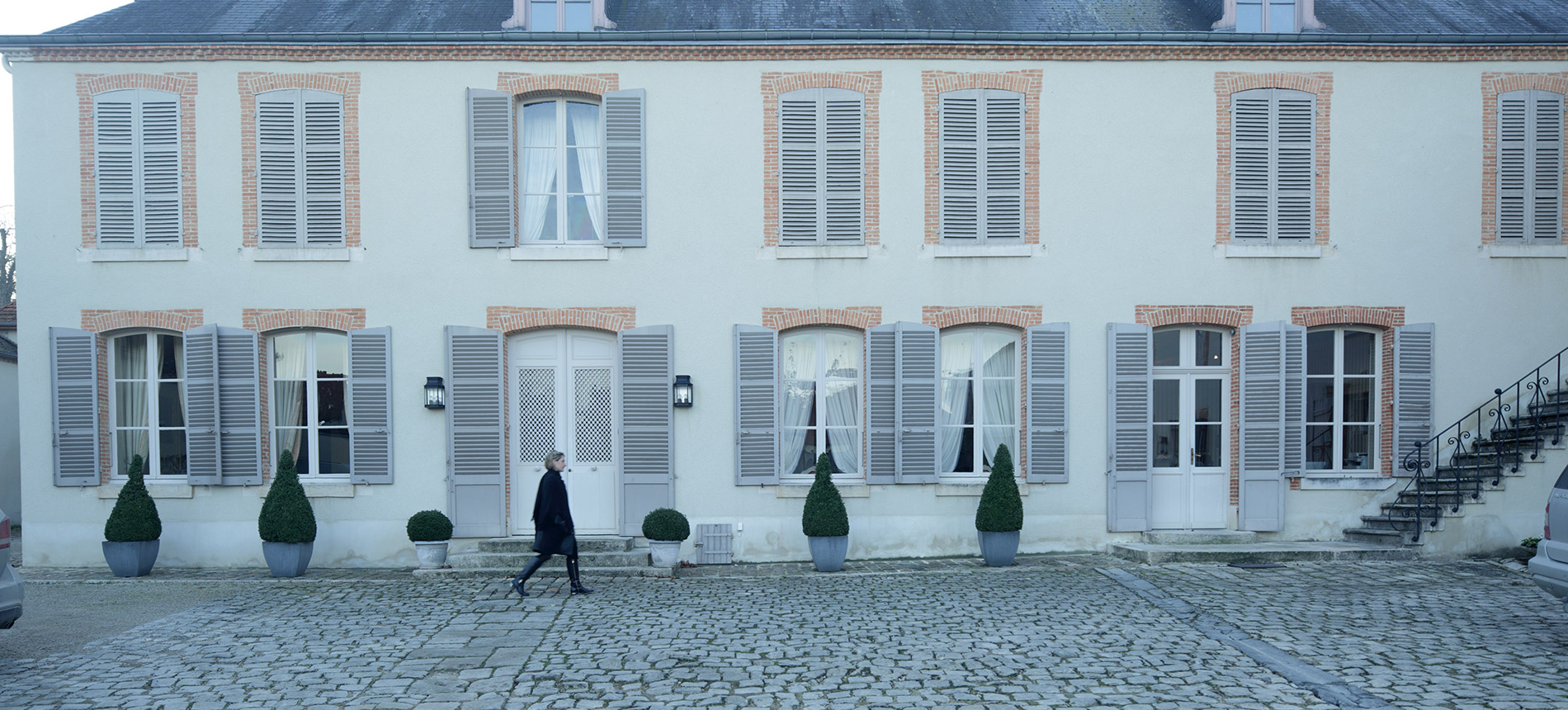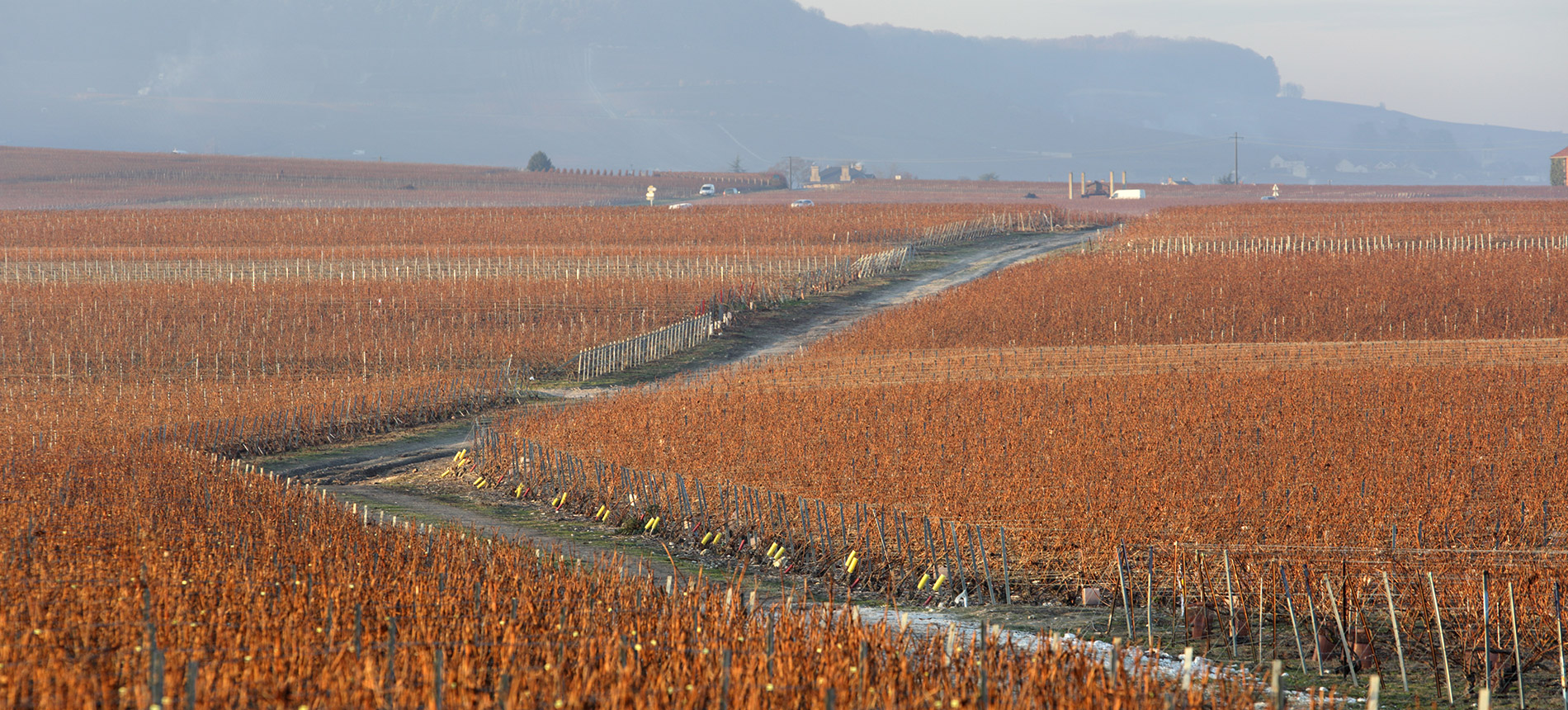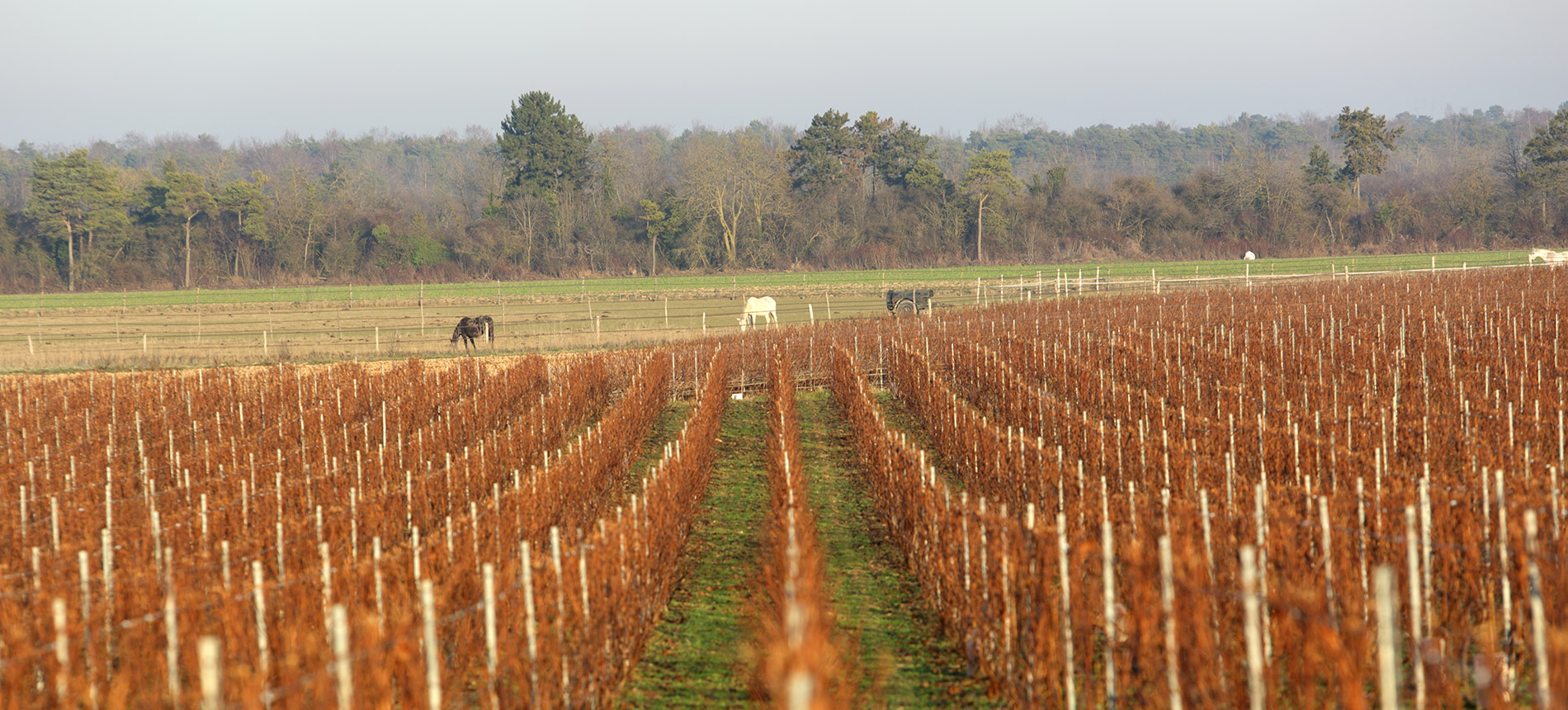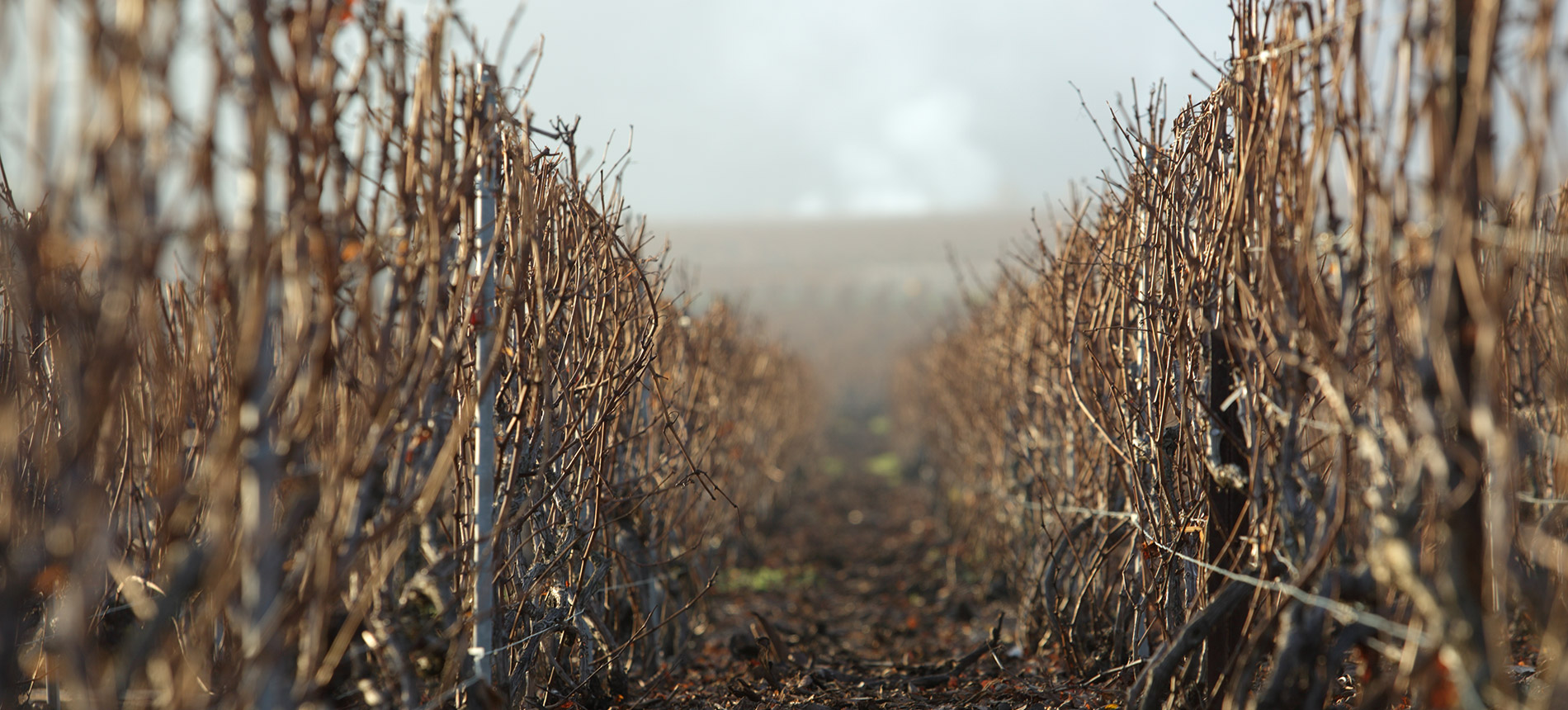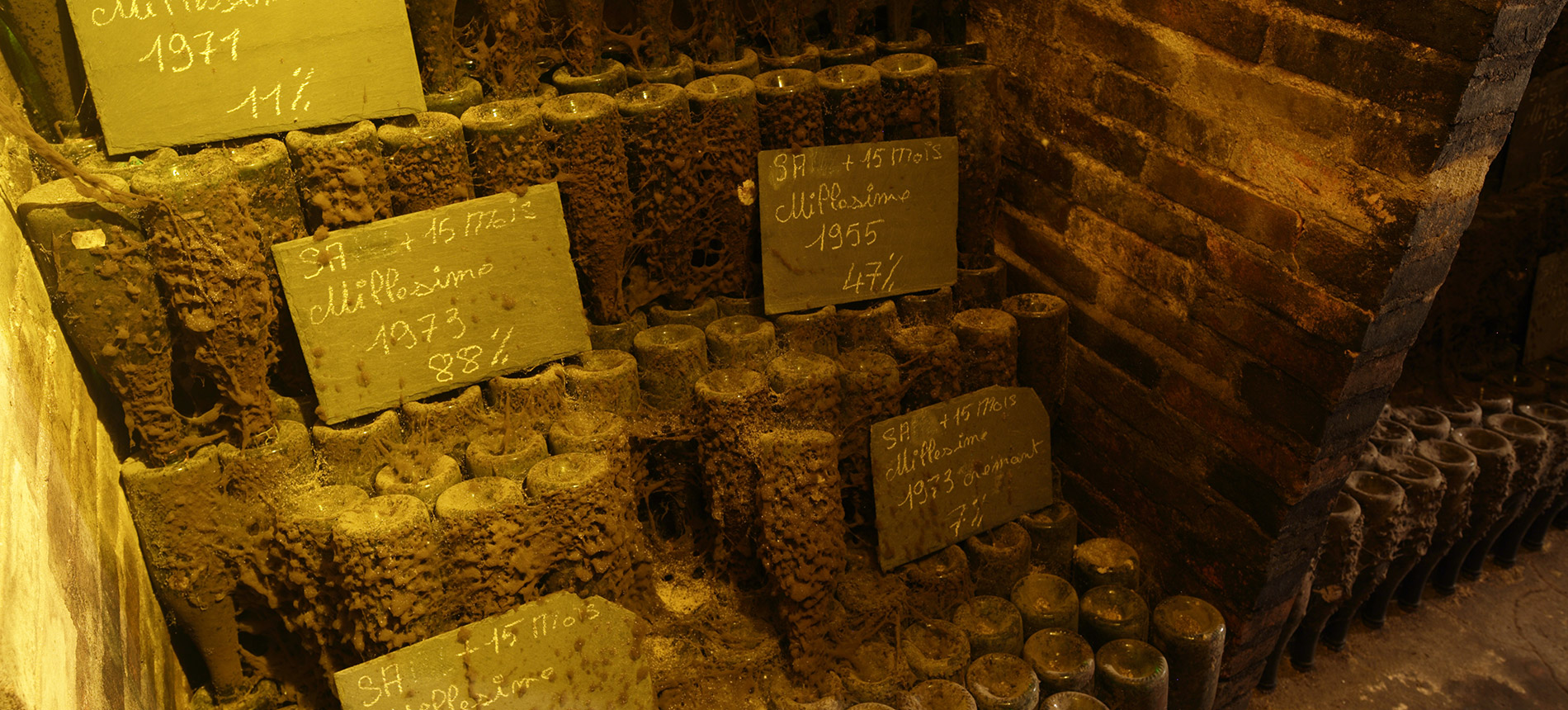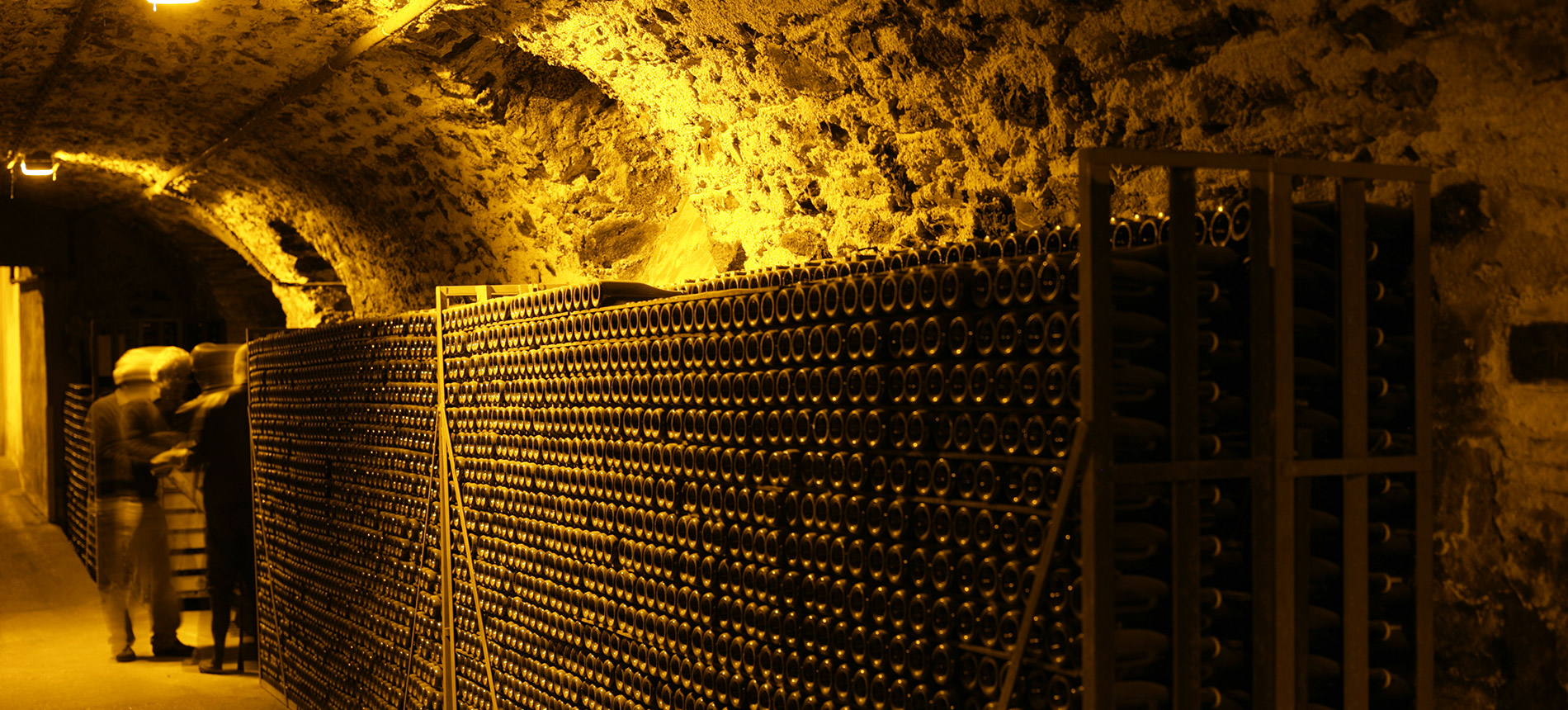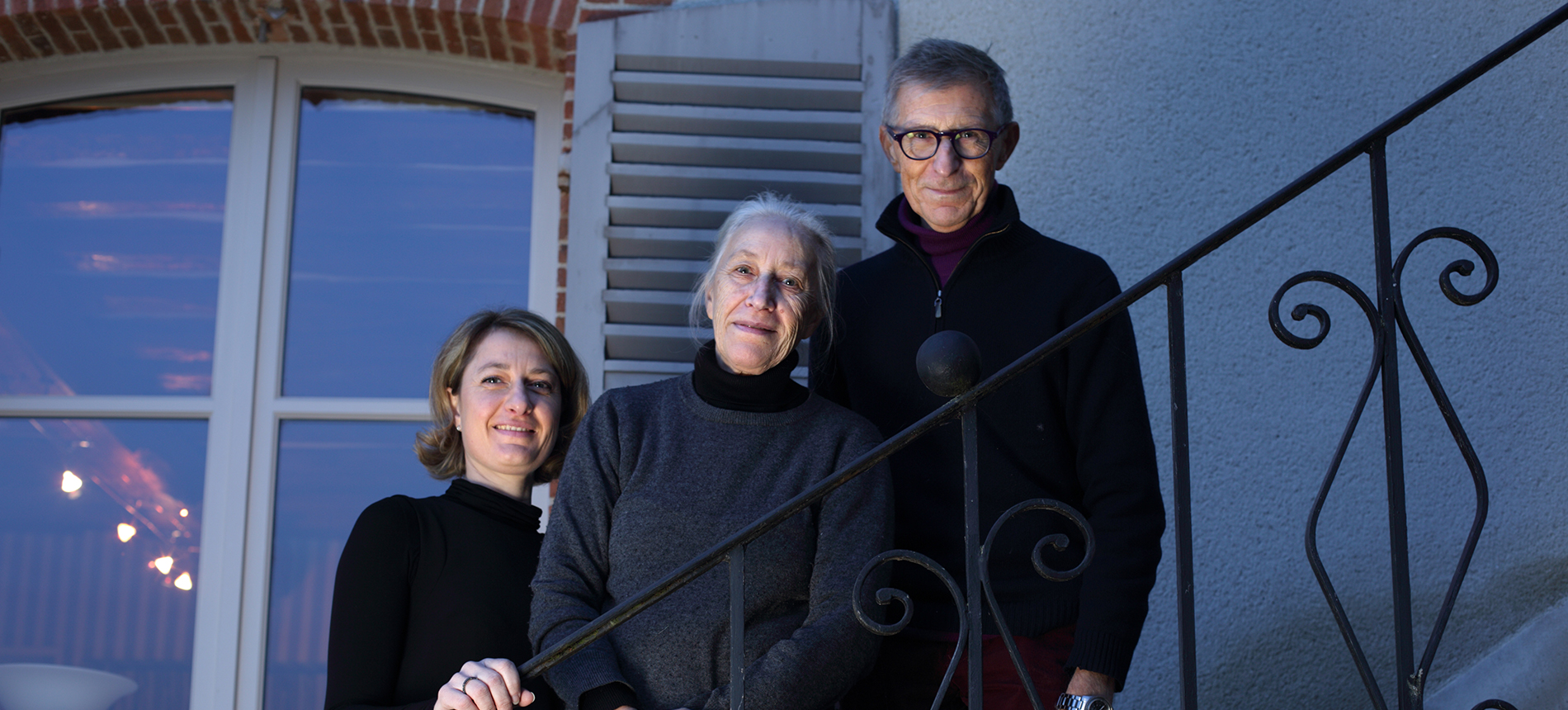Champagne Pierre Moncuit is based in the superb Côtes des Blancs village of Le Mesnil-sur-Oger. While the Moncuit family can trace their origins as grape growers in Le Mesnil-sur-Oger to the last decades of the nineteenth century, it wasn't until the early 1950s that Pierre Moncuit began bottling estate-grown Champagnes. Since 1977, all things related to viticulture and vinification have been under the direction of Pierre's daughter, Nicole Moncuit, while her brother Yves runs the commercial side of the business. Today, they are joined by Nicole's daughter Valerie.
The family owns fifteen of its twenty hectares of vines in the Grand Cru commune of Le Mesnil-sur-Oger. The other five hectares are located in the southern village of Sézanne, along with a bit of Pinot Noir from the village of Ambonnay. Moncuit's vines are among the oldest to be found in this Grand Cru village, as the family has not replanted any of their parcels in more than thirty years, and the vines continue to produce fruit that clearly translates the nuances of their respective terroirs. All Moncuit wines are produced from a single vintage, with no reserve wines blended into the non-vintage bottlings. As Nicole Moncuit likes to point out, this practice allows each wine to more precisely express its particular growing season and makes the evolution in the cellar more fascinating to follow as the years unfold. Additionally, all bottlings undergo a full malolactic fermentation in stainless steel tanks (there isn't a barrle in the winery) and are then aged 24-36 months sur lattes prior to release.
As a Chardonnay-centric Champagne house, Moncuit produces four distinct Blanc de Blancs cuvées: the Hugues de Coulmet Blanc de Blancs Brut NV produced exclusively from holdings in the village of Sézanne, along with four wines from Le Mesnil-sur-Oger including the Moncuit Blanc de Blancs Grand Cru produced in both Brut NV and Extra Brut NV, the vintage-dated Blanc de Blancs Grand Cru, and the limited Cuvée Nicole made from over 100 year old vines. In addition, there is a small amount of Brut Rosé made entirely of Grand Cru fruit: seventy-five percent Chardonnay from Le Mesnil-sur-Oger and twenty-five percent still Pinot Noir from the village of Ambonnay, one of the greatest Grand Cru Pinot communes in the region.
Champagne Pierre Moncuit is one of the great defenders of a style of Champagne that emphasizes the expression of terroir in the finished wines. For that reason, the wines from different villages are never blended (except in the case of the aforementioned Brut Rosé). These are quintessential examples of Blanc de Blancs Champagne, with racy, superb expressions of the underlying chalky soils in which they are grown, and generous, youthful fruit expressions that makes them ideal wines to drink right out of the blocks, while still retaining all of the structural integrity necessary to age beautifully for years to come.
